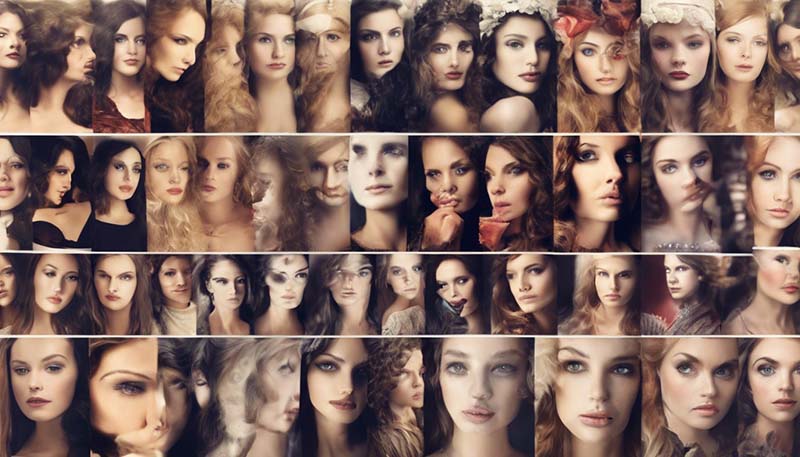The History of Beauty Standards: How They've Changed Over Time
The History of Beauty Standards: How They've Changed Over Time
Beauty standards have evolved significantly over time, influenced by various factors such as culture, history, geography, and social norms. This article explores the changes in beauty standards across different eras and regions, examining the reasons behind these shifts and their impact on society.
Ancient Civilizations
The concept of beauty has existed since the earliest civilizations. In ancient Egypt, for example, beauty was associated with divine qualities. Men and women both used makeup, such as kohl to line their eyes, which was believed to protect against the evil eye and infections. The Egyptians also valued plumpness, as it signified wealth and good health.
Greece and Rome
In ancient Greece, beauty was closely tied to the idea of physical perfection and harmony. The Greeks admired well-proportioned bodies, and this ideal was immortalized in their art and sculpture. The Romans, on the other hand, valued a more voluptuous figure, and they also had a preference for pale skin, which was a sign of wealth and leisure, as it indicated that one did not have to work outside in the sun.
The Middle Ages
During the Middle Ages, beauty standards in Europe were heavily influenced by the Catholic Church. Modesty and purity were highly valued, and this was reflected in the fashion of the time, with women wearing loose-fitting garments and covering their hair. Pale skin was still seen as a sign of beauty, as it indicated a life of ease and privilege.
Advertisement
The Renaissance
The Renaissance marked a shift in beauty standards, with a renewed interest in the classical ideals of ancient Greece and Rome. The human form became a subject of study and admiration, and artists like Leonardo da Vinci created works that celebrated the beauty of the human body. Women were expected to have a small waist, which was achieved through the use of corsets, and their faces were often powdered white, with red accents on the cheeks and lips.
The 18th and 19th Centuries
As society became more secular, beauty standards began to change. In the 18th century, there was a trend for natural beauty, with women wearing less makeup and dressing in simpler, more comfortable clothing. However, the ideal of a small waist persisted, and corsets remained popular. In the 19th century, the Victorian era brought a return to more modest and conservative styles, with women wearing long, full skirts and high-necked blouses.
The 20th Century to Present
The 20th century saw a dramatic shift in beauty standards, with the rise of mass media and the influence of celebrities and fashion models. The ideal body type changed frequently, from the androgynous flapper of the 1920s to the curvy pin-up girls of the 1940s and 1950s, and the waif-like supermodels of the 1980s and 1990s. Today, beauty standards are more diverse and inclusive than ever before, with a greater emphasis on individuality and self-expression.
Cultural Differences
It's important to note that beauty standards have always varied between different cultures. For example, in many African cultures, larger body types are seen as more attractive, as they signify health and fertility. In some Asian cultures, pale skin is still highly valued, while in others, a tan is seen as more desirable. These cultural differences demonstrate that beauty is a complex and multifaceted concept that is shaped by a wide range of factors.
The Impact of Media and Technology
The rise of social media and digital technology has had a profound impact on beauty standards. Platforms like Instagram and TikTok have created new opportunities for individuals to express their personal style and challenge traditional beauty norms. However, they have also contributed to the rise of unrealistic beauty standards and the pressure to conform to a certain ideal. This has led to a growing movement towards body positivity and self-acceptance, as people increasingly recognize the importance of embracing diversity and promoting mental health and well-being.

Conclusion
Beauty standards have changed dramatically over time, reflecting the social, cultural, and historical context in which they developed. As we move towards a more inclusive and diverse understanding of beauty, it's important to recognize the role that media and technology play in shaping our perceptions and to challenge the unrealistic and harmful ideals that can be perpetuated by these platforms. Ultimately, beauty is a personal and subjective concept that should be celebrated in all its forms.